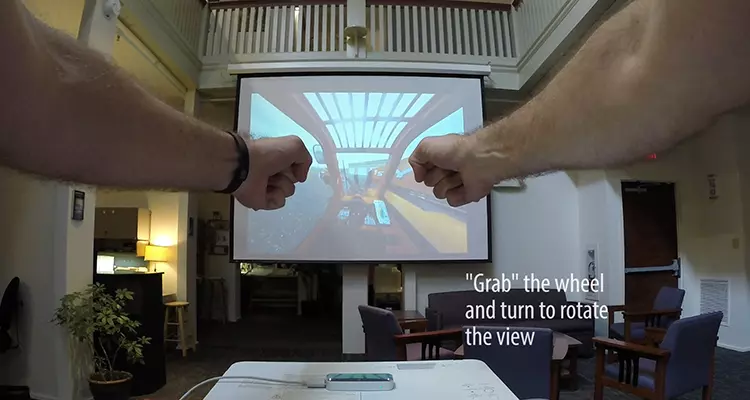How to become a B2B magician

Want better audience engagement? Learn how to surprise and delight your audiences with a few magical principles.
Stage and street magicians alike rely on one skill more than any other: attention management. It’s the key to any illusion—the certainty of a proposed reality the mind concocts from a mix of credible suggestions and the desire to believe. Credibility and desire—that sounds a lot like B2B marketing.
Now is when you should be thinking, “Hey! My job isn’t about tricking people.” And today’s magicians would say the same thing. Many have even dropped the traditional “misdirection” terminology and picked up the term “direction” instead. Why? Because their job isn’t about tricks or deception, it’s about stage-directing the audience’s eye to whatever will surprise and delight them the most.
Two kinds of direction
Direction in magic usually works in one of two ways. The first is by guiding the attention of your audience, getting them to look at one thing (cutting a deck of cards) while you set up the trick elsewhere (palming the Queen of Hearts). The second involves placing higher-than-necessary emphasis on a superfluous factor of the trick (the solidity of a box’s outer construction) in order to take the mind completely off the possibility of a hidden factor (the assistant that is already inside said box).
You can surprise and delight your audience in the same way by having the mindset of a magician. It’s part of the fun of marketing…by surprising your customers, you’ll build or reinforce their affinity for your brand. By directing their attention, you can focus it directly on your message. And if you do it well, they’ll ask for an encore.
Two “tricks” for your next marketing event
Here are some examples of ways to bring magic to your message in a trade show scenario.
Conductive ink
- The trick: Your customer sees a simple infographic or a printed button on a flat poster at your trade show. But when he touches it, a projection appears with his name. Light and sound move together to greet him and deliver your message.
- The secret: In order to gain access to the display, he’s swiped his show badge. It contains loads of pertinent data, which your system has crunched in order to greet him. When he touches the button on the poster, the ink (which contains conductive particles) acts as a simple switch to activate your computer (hidden behind the wall) which projects your message. It’s simple to do…but the illusion is that he has walked up and touched paper to activate a remote result, because that’s all he’s perceived. Everything else was invisible to him.
By the way…you’ve also gotten his show-supplied data from his badge. So that’s one more lead today. Nice job. - You can see more on conductive ink here.

Conductive ink elements
Gesture Control
- The trick: You’re talking about your new line of products with your customer. As you both move to the center of the booth, you direct her to simply point at the product she wants to discuss first. As she does, the lighting in the booth changes to focus solely on that product, as if the booth itself is in tune with your guest.
- The secret: Your customer doesn’t know that you moved her to the exact spot in your booth that was the target of your hidden gesture control device (think Microsoft Kinect). Further, she isn’t aware that her Bluetooth-enabled show badge alerted the system that someone was about to give gestural input. From there, she just needed to extend a hand to tell it where to focus the lights. But to her conscious mind, the booth—and your brand—were listening.

Gesture control demo
These are just two examples of how using redirection of attention and managing perceptions, can give your customers a truly magical experience at trade shows and beyond. If you think about it, you’ve probably employed this kind of thinking in other places throughout your marketing.
Sign Up for our Newsletter - Get agency updates, industry trends and valuable resources delivered directly to you.
Godfrey Team
Godfrey helps complex B2B industries tell their stories in ways that delight their customers.




